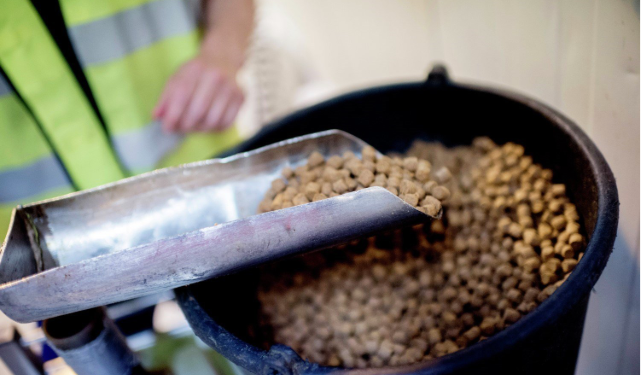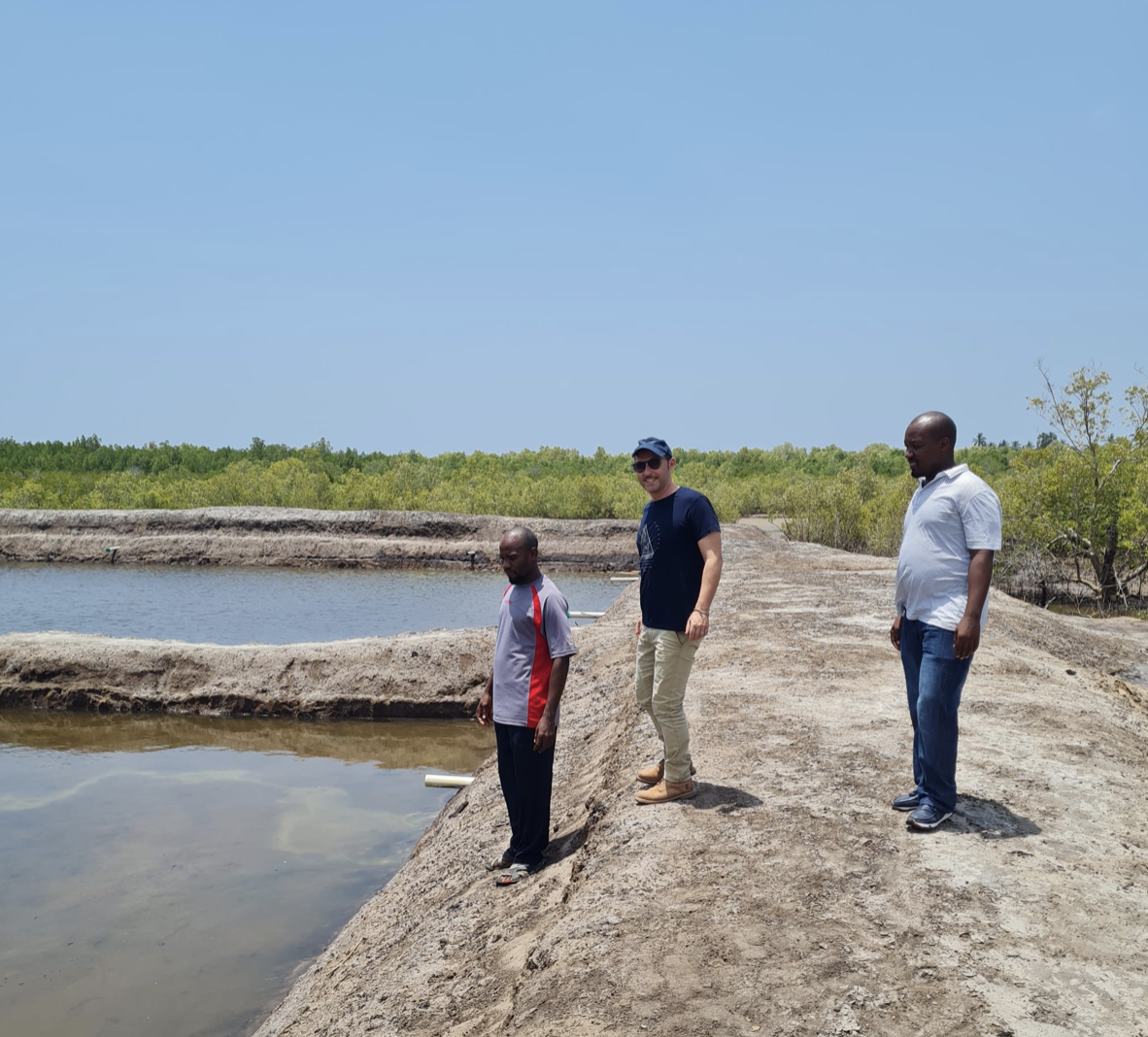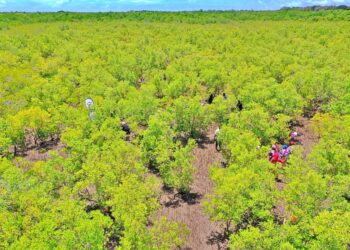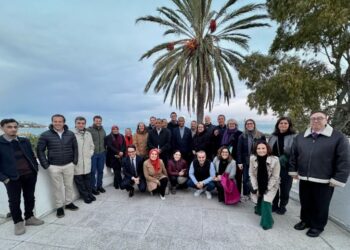Raw Materials and Ingredients Used in Aquaculture Feed in East Africa – The fish feed industry in East Africa depends on a combination of locally sourced and imported raw materials to meet the nutritional needs of farmed fish. Plant-based and animal-based ingredients play crucial roles in providing essential nutrients, but significant challenges remain in terms of availability and cost.
Plant-based ingredients, such as maize, wheat, and rice bran, are fundamental components of fish feed. They provide the necessary carbohydrates for energy. In East Africa, roughly 70% of maize is sourced locally, with additional imports coming from Uganda, India, and Brazil. Wheat and rice bran are also imported from countries like Tanzania, Pakistan, and the United Arab Emirates to supplement local production. Prices for these cereals can vary significantly based on seasonal supply, often rising during off-peak periods.
Other important plant-based ingredients include soybean meal and sunflower cake, both known for their high protein content. Kenya, for example, imports sunflower cake from Tanzania and Uganda, while soybean meal is sourced from Zambia and Malawi. Cassava flour and cottonseed cake, which serve as energy and protein sources, are also used. However, cassava is often imported from countries such as India, Thailand, and South Africa due to limited local availability, while cottonseed cake is brought in from Tanzania and Zambia.
For animal-based ingredients, fishmeal is one of the most expensive components of fish feed, due to its high protein content. It is typically derived from small fish species such as sun-dried sardines, known locally as “omena” in Kenya, “mukene” in Uganda, and “dagaa” in Tanzania. Despite local availability, imports from Zambia, China, and India are still necessary to meet the demand. Blood meal, poultry byproducts, and fishery byproducts are also used, offering cost-effective protein alternatives. These materials, however, face limitations in availability and quality, as local production often does not meet industry standards.
Alternative ingredients are emerging as sustainable options for aquaculture feed
Insects, such as black soldier fly larvae, and brewer’s yeast, a byproduct of the brewing industry, are gaining attention. Brewer’s yeast has a high crude protein content of around 380 g/kg and has shown potential as a replacement for fishmeal, particularly in tilapia diets. Though these alternatives are still in the early stages of use in East Africa, they hold promise for the future.
The use of oils and fats in fish feed is another important consideration. Fish oil is not commonly used in East Africa because of its high cost and limited availability. Instead, more affordable plant oils like sunflower, crude palm, and soybean oil are employed, with sunflower oil being the most prevalent. These oils are mainly imported from countries such as South Africa and India.
To ensure complete nutrition, vitamins and mineral premixes are also incorporated into commercial feeds. These supplements are mostly imported, with Kenya sourcing them from South Africa, the United Kingdom, and India. Global supply chain disruptions have increased the cost of these premixes, further affecting the affordability of fish feed.
Import Statistics and Trends
East Africa remains highly dependent on imported raw materials to support its fish feed industry. Kenya, for instance, imports around 2,200 tonnes of fishmeal annually, primarily from Tanzania. In Rwanda, approximately 60% of fish feed ingredients, including rice bran and soybean meal, are imported due to limited local production. The ongoing economic disruptions from the COVID-19 pandemic and the Russia-Ukraine conflict have led to rising prices for imported feed ingredients, with feed costs in Tanzania increasing by 30% over the past year to $1,073–$1,287 per metric tonne. Similarly, feed costs in Rwanda have climbed to $1,100–$1,200 per metric tonne.
The sources of these ingredients vary by country. For example, cassava is imported from Thailand, India, and South Africa to supplement local production in Uganda and Tanzania. Maize imports help fill the gap in Kenya and Tanzania, with additional supplies coming from Uganda, Zambia, and the United Arab Emirates. Soybean meal is imported from Zambia, Malawi, India, and Mali to meet the region’s growing demand, while fishmeal is sourced from Zambia, South Africa, and several Asian countries, including China and India.
Challenges in the Availability and Cost of Raw Materials
Several factors contribute to the challenges associated with raw material availability and costs. Competition for key ingredients like maize, soybean, and rice bran with human food and livestock sectors drives up prices, making fish feed more expensive for farmers. This high demand further strains the limited supply, especially during off-season periods. Seasonal variability also affects the availability and cost of these materials, as their supply fluctuates with harvest cycles. For instance, maize prices are lower during the harvest season in Uganda, while fishmeal costs tend to increase during periods when fishing activities are restricted due to weather conditions.
Climate change exacerbates these challenges by disrupting agricultural production, which leads to price volatility and affects the supply of critical feed ingredients. Extreme weather events, such as droughts and floods, can significantly impact the productivity of crops and fishmeal sources. Additionally, East Africa’s aquaculture sector remains heavily reliant on imported raw materials despite efforts to increase local production. High import duties, taxes, and transportation costs further raise the expense of fish feed, making it difficult for small-scale farmers to afford commercially produced feeds. In Kenya, for instance, import duties on maize sourced outside the East African Community (EAC) can reach as high as 50%, significantly affecting feed prices.
Strategies for Improvement
To address these challenges, East Africa must promote local production of key ingredients, such as soybean, cassava, and maize, to reduce reliance on imports. Investing in the development of alternative protein sources like insects and brewer’s yeast can provide sustainable and cost-effective options for fish feed. Strengthening regional trade agreements within the EAC can also help facilitate the cross-border movement of raw materials, ensuring a consistent supply and potentially lowering costs. Additionally, investing in research and development to optimize the nutritional value of locally available ingredients and reduce anti-nutritional factors can improve feed quality and make production more affordable.
Raw Materials and Ingredients Used in Aquaculture Feed in East Africa








